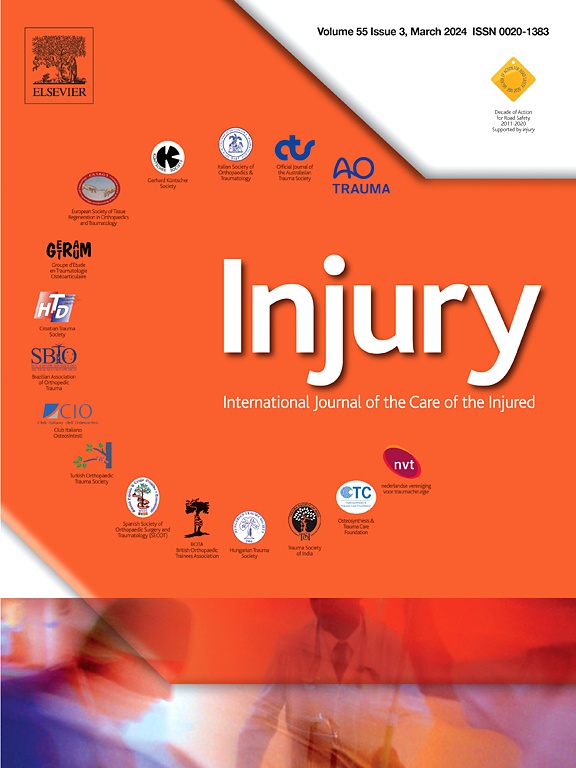
PFNA for trochanteric fracture: reduced operative and fluoroscopy time and less blood loss

PFNA for trochanteric fracture: reduced operative and fluoroscopy time and less blood loss
Comparative study of trochanteric fracture treated with the proximal femoral nail anti-rotation and the third generation of gamma nail
Injury. 2010 Dec;41(12):1234-8.Did you know you're eligible to earn 0.5 CME credits for reading this report? Click Here
Synopsis
107 patients aged 60 or older, with trochanteric femoral fractures were treated with Proximal Femoral Nail Anti-rotation (PFNA) or Trochanteric Gamma nail (TGN) to determine a superior treatment in terms of functional outcome and complications. Patients were screened for age, gender, fracture classification, walking ability and American Society of Anesthesiologists (ASA) rating of operative risk- ...
To view the full content, login to your account,
or start your 30-day FREE Trial today.
FREE TRIAL
LOGIN
Forgot Password?
Explore some of our unlocked ACE Reports below!

Learn about our AI Driven
High Impact Search Feature
Our AI driven High Impact metric calculates the impact an article will have by considering both the publishing journal and the content of the article itself. Built using the latest advances in natural language processing, OE High Impact predicts an article’s future number of citations better than impact factor alone.
Continue



 LOGIN
LOGIN

Join the Conversation
Please Login or Join to leave comments.